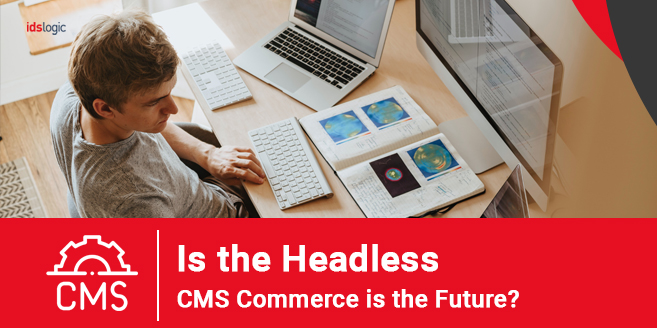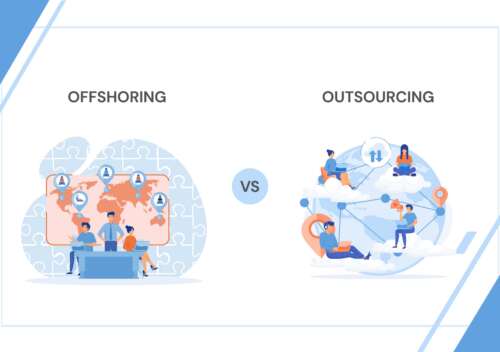Magento has predicted that headless CMS commerce will gain significant traction as the website architecture of choice in the next few years. Both B2B and B2C businesses will be looking to make the most of what it promises.
Within the headless approach, the front-end and back-end of ecommerce store are decoupled. To put it simply, they are completely independent from each other. The content presentation layer will be excluded from the business logic and functionality layer.
Why Headless is becoming Popular?
There are two factors that are responsible for the popularity of headless CMS Magento. Firstly, when ecommerce emerged onto the market, the majority of website traffic was primarily desktop. As a consequence, the platform solutions that sprung up at that time were full-stack with front and back-end of the website.
However, as the technology has progressed to meet customers rising expectations, the path to purchase is not only limited to mobile traffic, but it has now become omnichannel.
Secondly, brands that have earlier utilized their websites as a sole repository of content now want to increase their business space. Owing to the large amount of content that is already present, it is convenient from an implementation point of view to develop a commerce engine and connecting it to the existing content management solution.
What are the advantages of Headless CMS?
Higher Flexibility
Modern consumers look for advanced online shopping capabilities within the front-end that are intuitive, user friendly and seamless.
Since the headless system will have separate front-end and back-end, brands can easily make updates to the customer-facing content without affecting their business infrastructure. For instance, your marketing team can come up with a new promotion without depending on developers and a full system reconfiguration.
Also Read: How Using Giveaways can Help Boost Magento Ecommerce Sales
Personalization
As headless systems are de-coupled, they allow us some flexibility for experimentation without affecting the site’s performance. For instance, marketers can perform back-end A-B testing continuously to attain a higher level of user personalization without disturbing buyers who are utilizing the front-end search functionality.
Thanks to this integration, businesses can have a robust and engaging ecommerce website. This consists of content personalization on the basis of demography (age, gender, and geo-location).
Speed
A de-coupled architecture enables you to carry out changes without affecting the back-end, and vice-versa. This also implies that new features and integrations can be achieved more quickly and efficiently. For instance, it becomes easy to update the customer-facing content without rebooting the complete system.
Also Read: Things to Consider while You Migrate from OpenCart Ecommerce to Magento 2 Ecommerce
Customization
The headless CMS decoupled architecture approach will allow you to work closely with the technology team. This will help in identifying the integrations that are proving to be effective for the business. Using this architecture, customisation and integration is therefore simpler. Architecture integrations will no longer be a package deal, so you don’t have to purchase them in bulk.



